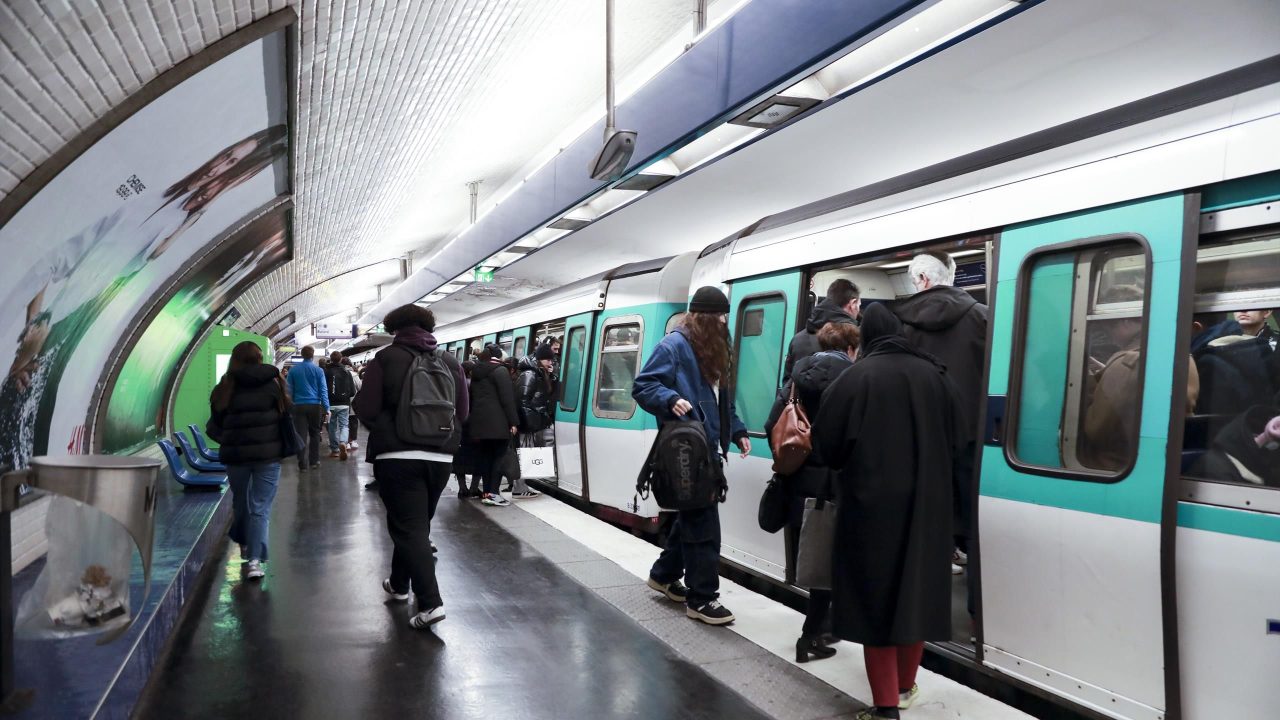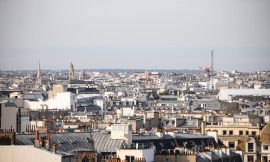When will the situation deteriorate in transport in Île-de-France?
The Paris 2024 Olympic Games will begin on July 26 and will extend until August 11. But the influx is expected to increase significantly several days before this date. This is due to the early arrival of some visitors in the capital and because some events will take place on July 24 (Football, Rugby Sevens) and July 25 (Football, Handball, Rugby Sevens, and Archery). A second, slightly smaller wave will occur during the Paralympic Games from August 28 to September 8.
What will be the turnout?
Organizers such as Paris 2024, Île-de-France Mobilités, and operators like SNCF and RATP are expecting a potential increase of up to 500,000 spectators per day. This number will vary depending on the events and locations involved. The period from July 28 to August 2 will be the most critical.
For comparison, approximately 8.5 million passengers use public transport daily in Île-de-France. But the congestion related to the start of the summer holidays should also be taken into account. This congestion will affect the Olympic Games but not the Paralympic Games, during which peaks of up to 300,000 spectators are expected.
Will there be more lines and stations?
Not really. The promise to open metro lines 15, 16, and 17 for the sporting event was abandoned a long time ago due to delays caused in part by the Covid-19 pandemic. Therefore, the extension of line 14, which will connect the center of the capital to the Olympic Village in Saint-Denis and to Orly airport, is the only improvement.
Will there be more trains?
Yes… and no. In practice, there will not be more trains than there are now, but they are expected to run more frequently. “The transportation offering will generally increase by 15%, especially during peak hours and competition times, as well as before and after those hours to absorb the flow during these peaks,” said Julien Joly, a transportation specialist at Wavestone.
However, to keep this promise, operators such as SNCF and RATP must accelerate their recruitment of additional personnel. RATP, for example, has already mobilized 290 additional drivers.
Which lines should be avoided?
There are numerous lines to avoid, as a large number of events will take place in the heart of Paris. Île-de-France Mobilités, the transport organizing authority in the region, expects a significant increase in demand for the following lines:
– Metro lines 8, 9, 10, 12, 13, and 14
– Transiliens J, L, N, P, and U
– Tramway T3
– RER B, C, and D
For now, Paris 2024 states that the travel times indicated by the various operator applications are not representative for the period of the Olympic Games, as they will be significantly longer. A new website is expected to be launched in the coming months, aiming to better account for the influx and delays caused.
“The operators work on what is called ‘travel demand management’,” said Julien Joly. “Concretely, it’s about encouraging daily travelers, workers, and Île-de-France residents to shift their journeys to avoid competition hours. The goal is also to offer alternative mobility solutions, including slightly longer journeys that avoid crowded areas, or the use of other modes of transport such as cycling.”
Will transportation be more expensive?
This is a major topic of contention. It involves two of the major mobility actors, IDFM and the City of Paris. At the end of November, the transport organizing authority in the region announced an increase in the price of a single metro ticket, which will rise from 2.10 to 4 euros.
How to avoid these fare hikes?
For IDFM, the objective is clear: to make the Olympic spectators pay for this surcharge, rather than the residents and workers of Île-de-France. Therefore, subscribers will not be affected, and casual travelers will also have the opportunity to buy their tickets before July 20 to benefit from the prices in effect outside the period of the Olympic Games.
Will the roads also be affected?
Yes, and certainly much more than public transport. Road traffic will simply be prohibited around the sites hosting the events, and significant traffic restrictions will be adopted nearby approximately 2.5 hours before the start of the events and up to an hour after.
On a regional scale, around 185 km of roads will be affected by the reservation of a lane for CIO-accredited personnel, law enforcement, and emergency services. This includes the Paris ring road. Significant traffic jams are to be expected.



